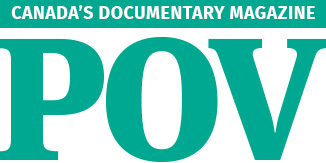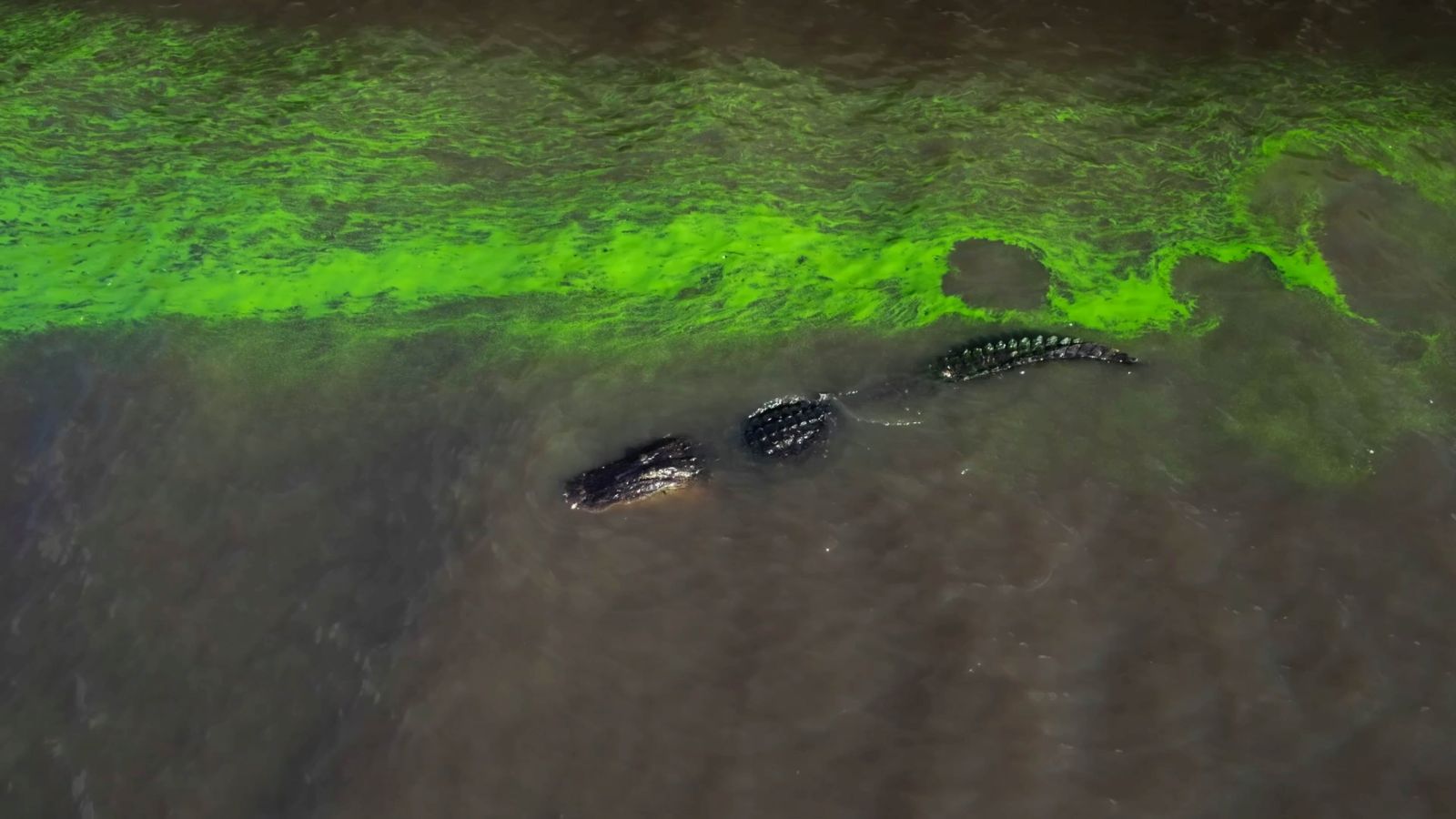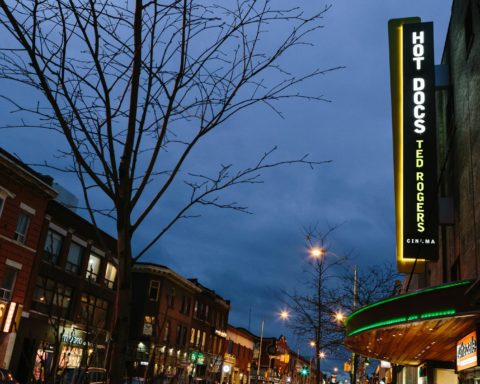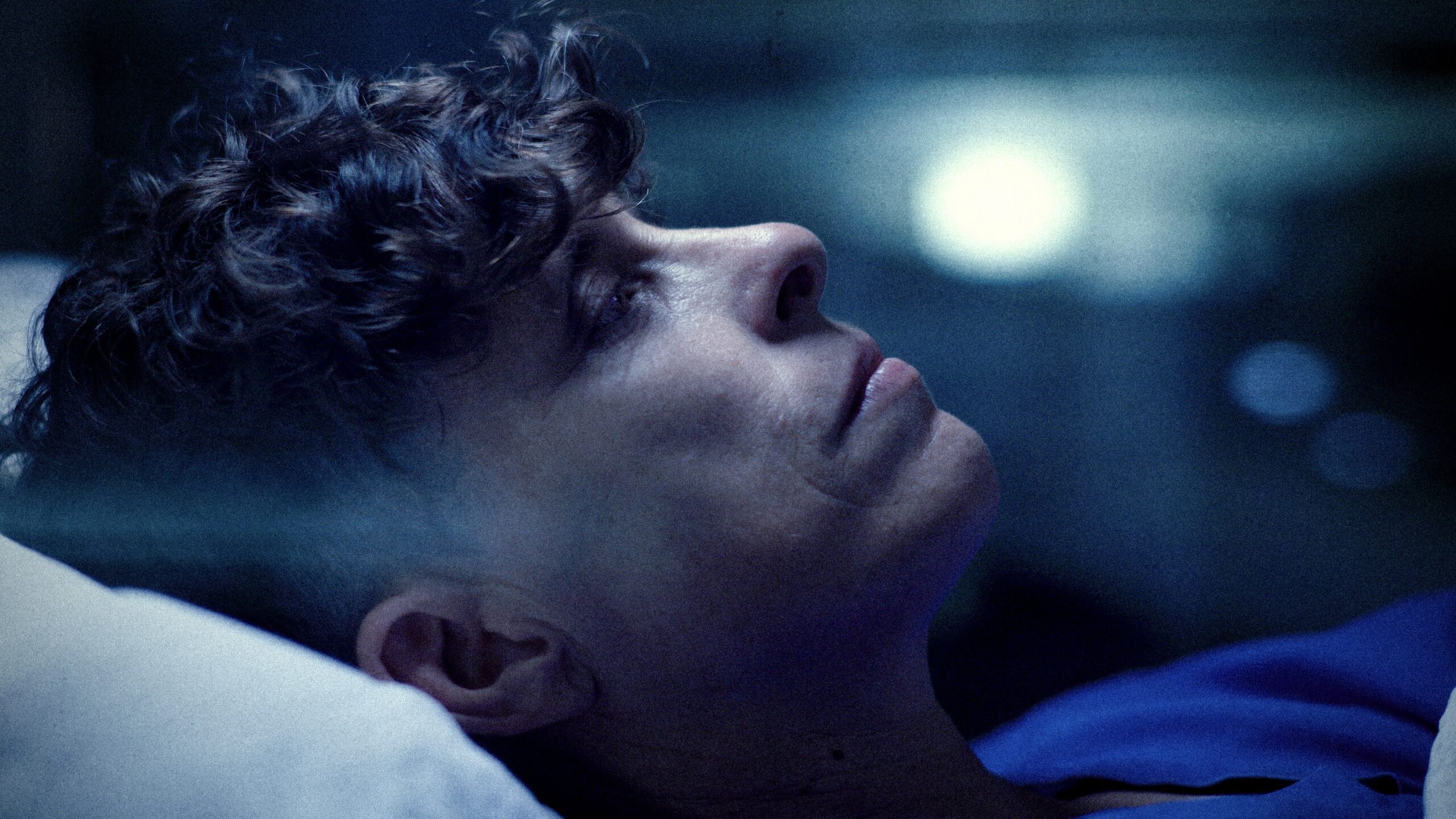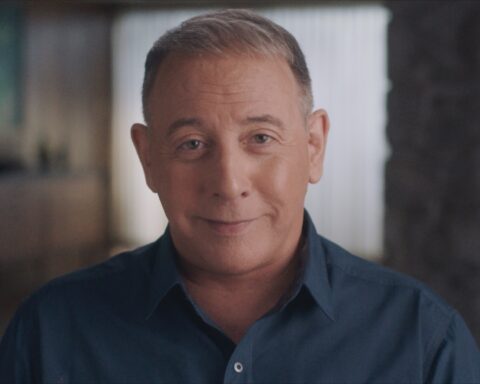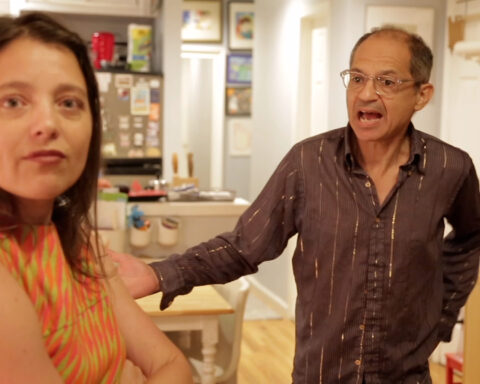“When the ghost of an author appears to you in a dream, when you wake up, maybe it’s a good idea to listen,” says River of Grass director Sasha Wortzel. “So I did.”
Wortzel explains how late writer Marjory Stoneman Douglas visited her like a Dickensian spirit and inspired a new direction for her film. Douglas’s 1947 book The Everglades: River of Grass serves as the inspiration for Wortzel’s lyrical visual essay about the complexity of Florida’s wetlands. An early archival shot in the film, however, situates the query from a particularly waterlogged chapter of recent history as an image from a surveillance camera shows the devastating destruction caused by Hurricane Ian. The violent winds and forceful waves wreak havoc on Wortzel’s home state. The disaster, though, inspires Wortzel to revisit Douglas’s enduring text to consider fragility of Florida’s ecosystems. Call it All the Beauty and the Watershed.
River of Grass weaves together a tapestry of locations in Florida, which Wortzel captures with a cinematic eye. Wortzel observes the Everglades in their complexity and gleans how gators move about the mud, stirring up sustenance for other animals to survive a drought. And, obviously, attract prey for sustenance of their own.
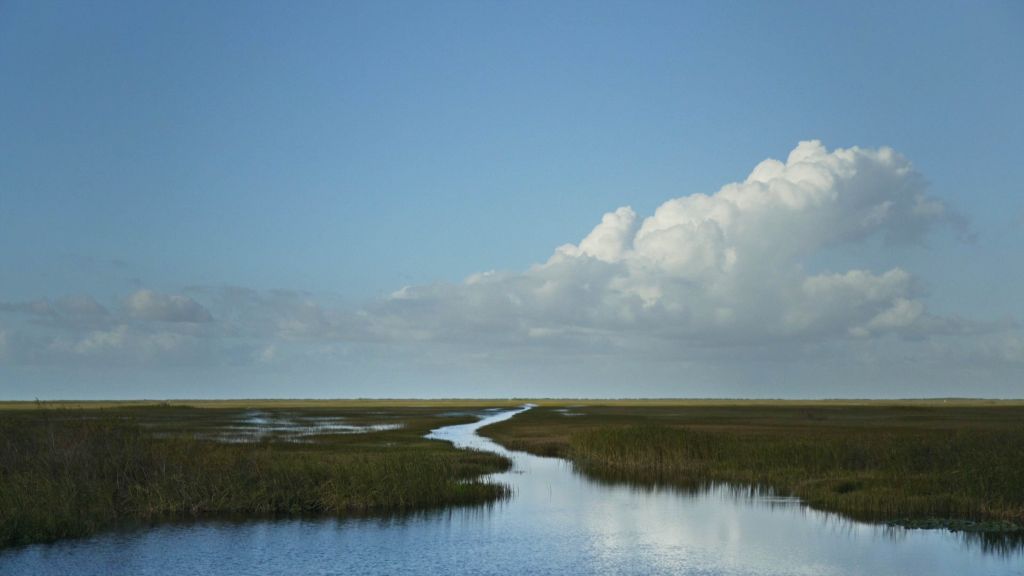
Sweeping aerial shots observe the lush green landscape, which is cut with roads, canals, and toxic algae bloom. The latter shifts the landscape with eerie pockets of neon green as Wortzel offers both micro- and macro-level observations of human-made changes to the nature world.
Archival bits with Stoneman Douglas punctuate the film as old reels show the environmentalist at home with her cat. The film tells how Stoneman Douglas popularized this kind of accessible environmental non-fiction. The sales and legacy of River of Grass illustrate people’s desire to learn more about their natural surroundings—not for exploitation, but for harmony and conservation. The writer’s words appear as title cards throughout the film and offer poetic markers of her prophetic work.
Wortzel also meets with Miccosukee educator Betty Osceola, who offers something of a contemporary counterpart to Douglas. Osceola notes that Douglas’s book draws its name from the Miccosukee term for the Everglades. She doesn’t charge the writer with cultural appropriation, but simply reflects a different time and an indebtedness to Indigenous teachings that inform people today. Wortzel respectfully draws upon Miccosukee teachings with multiple perspectives, along with visits with activists praying by canals, and weaves them into the documentary’s multi-faceted design to offer a vivid love letter to the land and a call for its protection.
POV spoke with Wortzel while she was in Toronto for the international premiere of River of Grass at Hot Docs.
POV: Pat Mullen
SW: Sasha Wortzel
This interview has been edited for brevity and clarity.
POV: Does Marjory Stoneman Douglas often come to you in dreams?
SW: [Laughs.] No, but she came in very vividly and loud and clear and had a message. She showed up in my dream, and very clearly expressed that she was happy that I was making this film about the Everglades and engaging with her book The Everglades: River of Grass. Yet she felt she needed to be in the movie. She was basically like, “What about me? Everyone’s kind of forgotten about me.” Unfortunately, many people in the present associate her name with the school in Parkland, Florida, where there was a mass shooting in 2018. She made it clear that she had more to say.
I started looking for interviews with her and trying to find archival footage. I came across an excerpt from a longer interview where she was essentially saying—it’s something that she says in the opening of the film—that our lives here are limited, we can exist on the earth for a long time if we’re smart about it, but she doesn’t know if we’re going to be smart about it. I was so struck by her bluntness, her humour, and also the way that her words, although she was speaking them in the 1980s, felt extremely resonant with the present moment.
POV: What was the plan before Marjory’s voice and your own came into the film?
SW: Initially, I set to make a film that would reimagine her book from the 1940s for film, and to bring it up to the present day. It would be working with her text in conversation with these vérité observational portraits of my neighbours across the greater Everglades region, and to put those things in dialogue. As things go with documentary filmmaking, you sometimes get led a different way. She wound up being part of the story, and then, ultimately, my own personal voice and lens and perspective too.
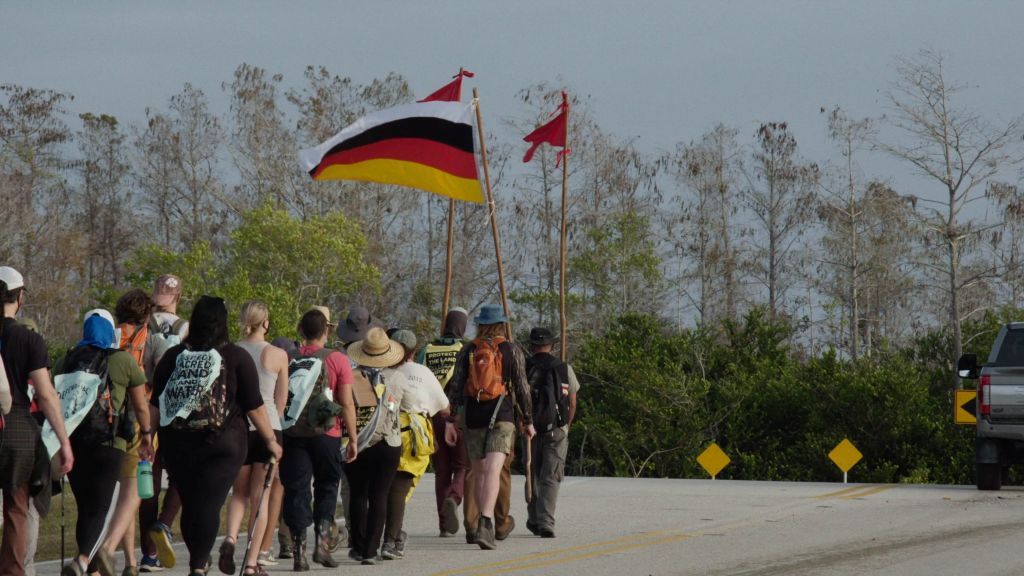
POV: How did you decide which elements of the Everglades to include?
SW: The whole project started with an artist residency in the Everglades National Park. I was in the park for a full month, and I went there knowing that I was going to make a film set in the Everglades. My plan was to read Douglas’s book, which is today still considered the resource guide to the Everglades. Even though it was written in the Forties, it’s still very essential for research. Then I was going to cast a wide net based on historical threads and locations in the book. I started going to those places and then trying to find participants and stories that would tease out those themes and looking at how all these seemingly disparate stories were ultimately connected by the watershed.
A lot of times, I was just reaching out with a cold call to somebody and then meeting them. Other times, I would meet a participant and then they would introduce me to someone else. Some stories came about because I had, for instance, volunteered at this wildlife hospital when I was in middle school. So I returned there. Really though, the impetus for making this film was that I had been living in New York City and making a lot of work about sites and stories and people who’d been excluded from the historical record in New York City, predominantly queer histories and a lot of them unfolding along waterfronts and bodies of water. It’s been an ongoing thread. So I was starting to think about what histories and ecologies I was unaware of or hadn’t really been taught at home. At the same time, we were experiencing more and more intense hurricanes and these toxic algae blooms that were causing mass fish kills along our coast. I was just feeling really sad and powerless and wanted to just understand why it was happening and how we got here.
POV: With your work in New York, how do you find going home and seeing the landscape and your community through different lens? Is there a gap in environmental conscientiousness between New York and Florida?
SW: I think they’re both places that are very much shaped by water and are experiencing hurricanes. I was in New York for Hurricane Sandy in 2012. They’re both places that are experiencing sea level rise. The land in Florida in particular is unique to the rest of the mainland United States. It’s made out of this very porous limestone. Some of the hard infrastructure that New York is looking to help protect, more so property, from sea level rise and the impacts of the waterfront, like dams and sea walls, they don’t work in the same way In Florida. The water actually comes up through the ground. We’re so close to the water table—it’s this peninsula that was off and on underwater for years.
In Florida, we feel close to the environment, yet I wasn’t aware that there was that much of a strong environmental movement. Through the making of this film, I realized that there is actually a pretty incredible legacy in environmental activism in Florida, and that’s continuing today. It’s very challenging in the political climate there right now.
POV: I did want to ask about that. Florida gets a pretty bad rap politically. I once read a joke that if Florida was given a choice between an ice cream cone and a punch in the face, the vote would be 50-50, so how do you make an activist film in a polarised climate?
SW: Florida is often seen through one of two flattened narratives, which is [number] one: the vacation land, resorts, our beaches, Disney World. Or, Florida is this backwards, quirky place where Florida Man is throwing an alligator through a drive-thru window. And those exist in Florida, yet there’s so much more to this gorgeous, strange, beautiful peninsula. I haven’t seen really nuanced representations of Florida, so I wanted to contribute to that and both be critical and look at the legacy of colonization, the legacy of human-made destruction, and yet also embrace the beauty and the joy and see it as a site of resistance as well.
I found that people of all political persuasions and walks of life, the environment of Florida brings them together. It is the meeting place. Folks involved in the environmental movement there span all walks of life and political walks. It’s this connector or convener, yet it’s a challenging, messy road ahead, given the climate in Florida. There’s a lot of denial, but, it’s kind of changing. We had this governor, Rick Scott [now senator], who banned anyone from working in government to even mention climate change. It goes on and on. I was an undergrad at a small public liberal arts school called New College that’s been taken over by white nationalists. It is a really difficult climate to be organizing in, and yet I continue to be hopeful and moved through the process of making this film and getting connected to this broader network of people.
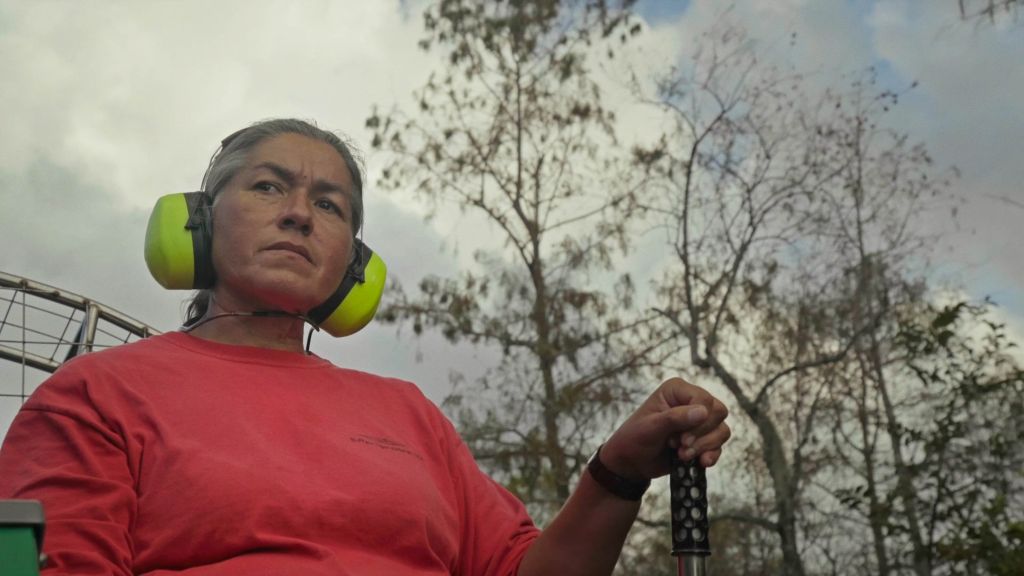
POV: Earlier you mentioned your work on queer history in New York and the film is really interesting in how it discusses the natural environment with non-binary pronouns like they and them, but nature is often gendered with feminine language like “Mother Nature” and “Mother Earth.” What does that lens add to the conversation?
SW: Something I was really intrigued by in reading Douglas’s book, The Everglades: River of Grass, was that she very intentionally uses this non-binary, plural pronoun to describe the Everglades, which makes sense because the Everglades are this region of interdependent ecosystems. There is a plurality. That really spoke to me as somebody who thinks about queer histories.
At the same time, in participating in these prayer walks with Betty Osceola, incredible Miccosukee environmentalist and educator and activist, she shared a lot about the Miccosukee teachings of land and the plants and animals as relatives, as ancestor. I was really moved by the way in which “they” could lend itself to a more expansive understanding of what kinship looks like, what family looks like, and our relationship between people, plants, animals—maybe even ghosts in the spiritual realm—and bring in this idea of a collective, of a broadened “we.” That could be very useful. I’m very drawn to it also as a queer filmmaker who thinks about these things a lot.
POV: That makes me think of the sense of scale in this film, and River of Grass reminds me of the films of Jennifer Baichwal and Nick de Pencier and their work with Edward Burtynsky, like Manufactured Landscapes, Watermark, and Anthropocene with the sense of scale and the environment. You and J. Bennett, the cinematographer, capture that grandeur and awe, but also the scale of devastation. How did you find the right visual language to capture this story?
SW: One intention in approaching the visual language of the film with J. Bennett was wanting to film landscape as a subject. To film landscape just like any other participant, lovingly with the camera, and to foreground landscape—not treat it as background or backdrop. But as a character and getting to know the Everglades in a deeper way. As someone who’d grown up there, I did feel like I was reconnecting with a distant aunt or a distant relative. J. Bennett also grew up in Miami and spent a lot of time growing up in the Everglades and is a fifth generation Floridian with ancestral ties to the Everglades. They also really came with a deeper connection and love for this place that I think really translates through their cinematography.
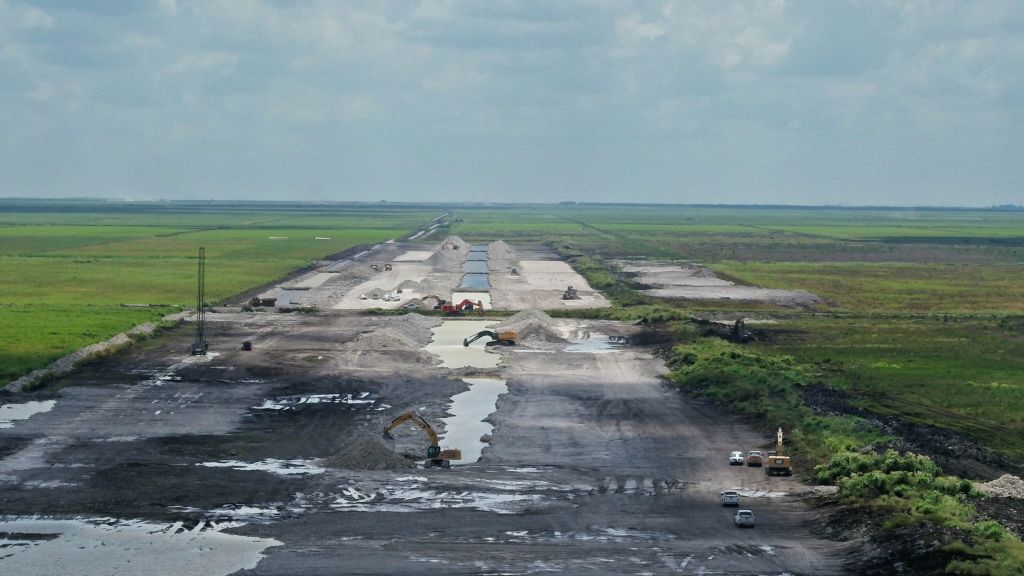
We wanted to both capture the vastness and the horizontal-ness of that landscape, and to be able to step back and compose. Sometimes we would be spending multiple days at a time just exploring and then setting up the camera, composing shots and letting things unfold. I was interested in getting a lot of the feelings, the cycles of the day, the seasons connecting with the different ecosystems and also wanting it to feel very immersive and embodied. Sometimes you need to be able to step back and see the scale. Yet I didn’t want it to have a cold, distant p.o.v. I wanted it to feel as if me and my collaborators were immersed and, in looking through and with the environment, the audience would feel grounded in that place.
POV: With River of Grass being a more immersive, experiential environmental film, what might the call to action be? Or is it something that people should decide for themselves?
SW: I think it’s an invitation to make that up for yourself. I also hope it’s an invitation for people to think a little more deeply about where they live, about the histories that are underpinning our environment, our home, whether that’s urban or that’s out in a rural place. And to connect with our environment, with each other. I was struck by how, in participating in these prayer walks with Betty, I felt less alone. It brought me into a community of people who also were feeling maybe sadness, grief, and we’re actively walking the landscape, connecting with and talking to each other. I hope the film’s an invitation to connect more deeply with our environment and with each other and the collective power that we do have when we come together.
This film is looking at a very specific place at the tip of Southern Florida, yet to me, the destruction of our wetlands is global. They are essential for our resiliency to the climate emergency, and for our water. Although it’s very specific, these issues are something that we can relate to everywhere.

